How to plan your perfect road trip
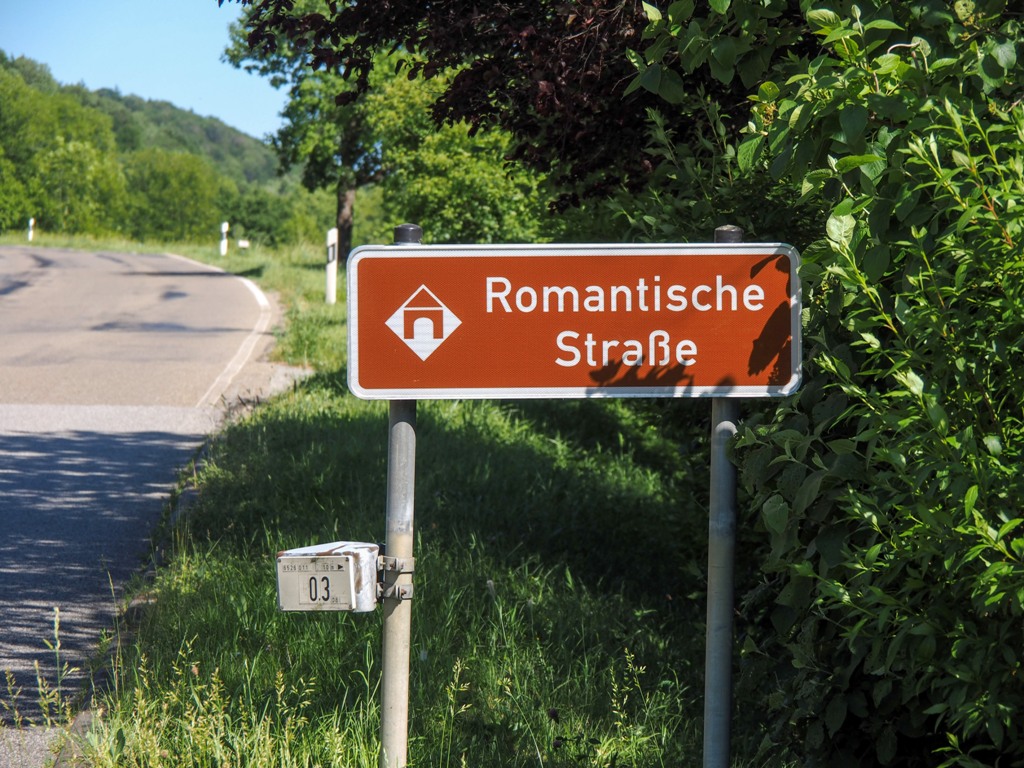
A road trip is easily one of the most awesome experiences you can ever make as a traveller.
The great thing is, it does not matter what type of traveller you are, from adventure seeker to backpacker, budget traveller and luxury traveller you can plan a road trip that fits every purpose.
Likewise, going on a road trip does not mean you have to hit the road for weeks on end. For an awesome road trip, a weekend can already be enough.
I have logged thousands of kilometres on road trips across various continents from the amazing South African Western Coast to the US, Canada and Europe. And if I have learned one thing, than it is this:
A great road trip starts with a good plan.
There are many considerations and preparations you have to take before going on a road trip. If you do not have a good plan, you will most likely end up feeling frustrated and disappointed.
So make sure your trip is one to remember.
If you plan to go on a road trip either for the first time or if you are keen to improve your experiences through better planning, here are 10 tips that will help you plan an awesome road trip experience.
When is the best time for a road trip
The best time will depend on your destination, the route you chose and the activities you intend to include.
Let’s say, you want to experience the stunning fall foliage along the US East Coast. Well, then fall is the time to go obviously.
Driving through the Canadian Rocky Mountains in winter can yield some stunning experiences; but many of the roads will not be snow-free, there is no winter service outside of the main highway and several sites might be closed during this time of year.
You get it, right? You can go on a road trip year-round. The best time to go depends on your own preferences and what you want to see and experience.
That said, as for a lot of other travel experiences, shoulder season (Spring/Autumn) is often the best time to go on a road trip. There will be less travellers, prices will be lower (for car rental and accommodation), you will have less trouble to find a room (in case you go without prior booking) and temperatures are less extreme (hot or cold) which can be quite important when you drive long distances.
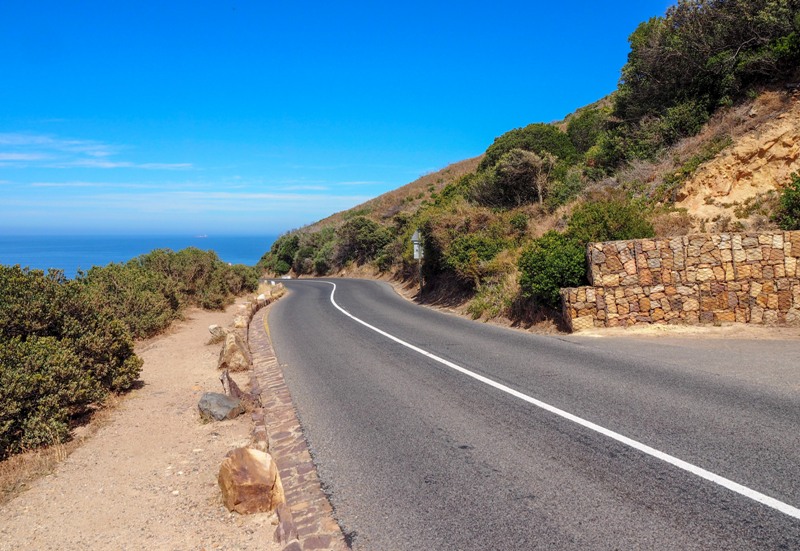
Should you keep your route flexible or book accommodation and activities ahead
When you go on a road trip, you should have a good idea about the route and the places and activities you want to experience along the road.
And while I encourage planning ahead in order to avoid being disappointed of your trip, a road trip is the perfect occasion to just go with the flow if you can work up the courage to leave without having each detail covered.
Whether you keep it flexible or follow a set itinerary with booked accommodation and possibly activities really depends on the way you feel more comfortable. There are pros and cons for both ways.
Pros and cons for keeping your road trip itinerary flexible
To be clear, in saying ‘flexible’ I still intend you should have an idea about the route you want to travel, i.e. set yourself a start and end point. These could be the airports you travel to and from to start your trip or where you pick-up and leave your rental car; unless you start from your home.
- With just a minimum of planning ahead, you can change your mind about the route as there will be always alternative routes or detours you just find out exist-
- When you do not have the pressure to arrive at a hotel you have booked for a certain day, you can change your mind how long you will stay at a certain location. So if you like a place, you might just stay a day or two longer or you leave early in case you find out you don’t like it as much as you thought.
- Not planning ahead means, you need to find accommodation on the spot. However, there is always a risk you might be out of luck and all hotels / motels / hostels and even camp grounds are already fully booked, especially if you want to stay in a popular location. This means, you need to keep going and find an alternative. This can add a bit of anxiety as you don’t really know where you will end up.
- Finding accommodation or places to eat on the spot means you need to be flexible with your budget. For example, you might have to pay more for accommodation than anticipated because the less expensive options are already fully booked.
Pros and cons for planning and booking ahead your full road trip itinerary
- Following a set itinerary can take away a lot of pressure having to look for accommodation, as you will have pre-booked.
- On the other hand, that means you need to arrive on time which on the other hand can create pressure in case you are running late. So in order to arrive, you might have to skip stops along your route or merely rush through places you were keen to explore.
- You already know your budget in advance, since everything is booked.
How to plan your road trip itinerary: How to find the best route for your road trip
There are literally endless possibilities around the world that are perfect destinations for a road trip.
In fact, every road can be perfect for a road trip. It simply depends on your expectations, goals and likes.
In determining the route you want to travel, there are two major options.
- You follow a well-defined route like the famous Route 66, the Pacific Coast Highway in California, Cabot Trail in Canada or the Castle Road in Germany. That list could go on and on. If you are keen to find out more about the world’s most famous road trip routes, I suggest you google ‘best road trips’. This will bring up a long list of the most scenic drives across all continents.
- You create your own route.
If the second alternative sounds like a daunting task, let me tell you it is not. Quite the contrary, it could be really fun and if you follow the steps set out below it is definitely very doable. Though it will require a fair bit of planning.
The first point on your list will be to decide on the general destination for your road trip.
This can be tricky as there are nearly endless possibilities for a road trip.
Picking a destination and starting to plan out your itinerary is already part of the excitement going on a road trip.
So how do you find the right destination for your road trip?
Start with thinking of a theme of your trip. That way you can narrow down your ideal destination.
Pick a topic for your road trip
Whether you follow the well-known routes or you create your own road trip itinerary, the first step to narrow down what trip to take is to ask yourself what you want to experience during your trip.
For example, do you want to see nature, wildlife, go hiking, be close to the coast, want to see cultural sites or explore a region’s culinary scene?
Next, think about the destinations that offer the most opportunities to cover your goals.
Let’s say, you want to explore a region’s culinary scene. Than a possible list of road trip ideas could look like this:
- Distillery tour through the Scottish Highlands
- Kentucky Bourbon Trail
- Lobster tour through Maine
- Winery tour through Tuscany, Bordeaux, Nappa Valley, etc.
- Follow the maple trail in Canada
If you want to experience cultural sites on your road trip, your list could instead look like this:
- Drive the Castel Road in Germany
- An UNESCO World Heritage Site road trip in (… well check the UNESCO site and pick a location where you will find several of them in a manageable distance from each other)
- Drive Canada’s Black history trail
- Tour Italian historic cities
- Follow on the footsteps of Dracula in Romania
- Visit ancient temples in Bali, Thailand or Vietnam
You get the idea.
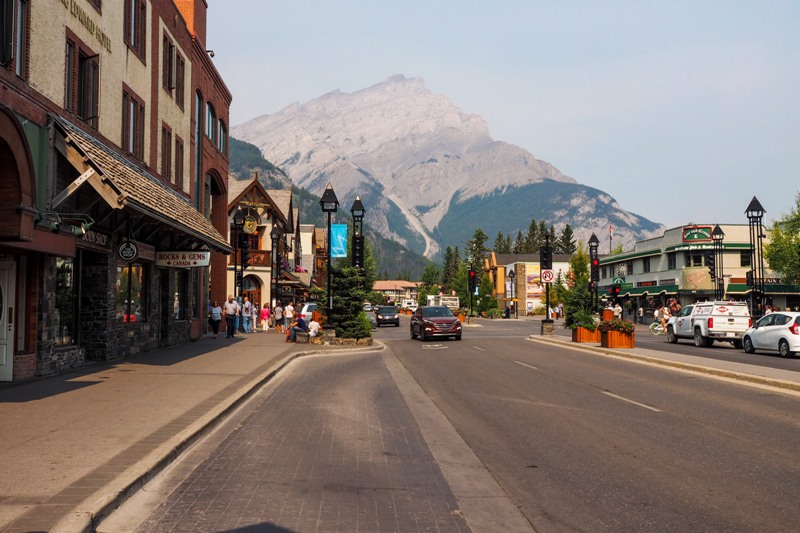
Narrow down your road trip itinerary
Now that you have an approximate idea what you want to achieve during your road trip, it’s time you start narrowing down your itinerary.
Start with the various destinations and put together a list of criteria:
- How easily can you reach the destination – i.e. can you drive with your own car or do you have to arrange travelling to your start point via train or taking a plane?
- Is reaching the destination feasible – how long do you need to travel to arrive at the starting point of your route, how much will it cost
- How much time would you approximately need to complete a route (including travelling to and from the destination)
- What would the approximate budget be for each of the potential routes
- Does a route match the time of the year you are planning your trip – for example, if you want to go on a winery tour, winter might not be a good timing as many wineries along the route might be closed; summer in Asia might just be too hot for a road trip.
This should bring down your list of possible routes to possibly just a few.
If you still have various options on your list, it will come down to you making the final decision the hard way: Make your choice.
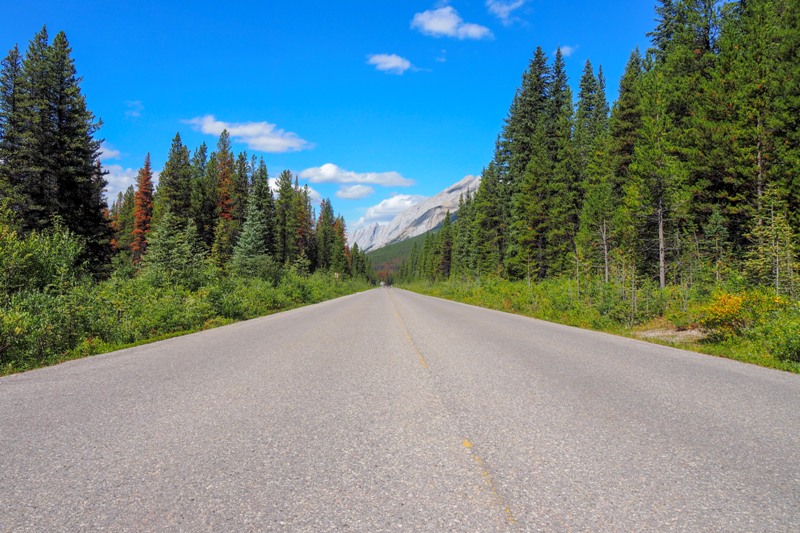
How to put together your full road trip itinerary
Now that you have decided which trip to take, you need to map out your itinerary.
The most important aspect in determining your full itinerary is how much time you have for the trip. Quite possibly, this time is limited as you will have to return to work or to any other obligations that will require you to return home.
The time you have available will determine the total length of your route.
However, since you will not want to spend the whole day in the car the time you actually feel comfortable driving determines how far you will get each day.
Be realistic about how long you are comfortable driving. Even if you are two or more people swapping the driving seat, you still have to sit in the car. Do you want to do this for eight or ten hours just seeing landscape passing by? Probably not. Set yourself a limit how long you want to be in the car each day.
Another aspect to determine the distance you will travel each day are the stops you are planning along the route to explore specific sites of interest, go hiking or have lunch somewhere.
To determine these activities, look at the approximate total route you are planning to drive and single out sites and activities of interest.
For example, if you are planning to drive the Castle Route in Germany, you obviously will want to stop and tour some of these castles. Depending on the location, this can take a couple of hours. So you need to decide at which of the castles you want to stop; there are more than 70 so it is not feasible to stop at each of them. Than calculate how long each stop will approximately take.
The distance between each of the points of interest along your route, the sites you want to visit and activities to do along that route and how close the next accommodation is to these points of interest will determine the distance you will be able to travel per day.
I highly recommend not to plan your itinerary around a tight timetable. Things will always turn out taking longer than expected. Heavy traffic, road works and other unforeseen events can increase the time you need to go from A to B significantly. If you plan to stop for a particular activity or site visit, you might have to wait for access, stopping for lunch could take longer than expected, and so on.
Thus check the expected drive time and calculate the time you need for activities along the route. Then add generous extra time to cover for delays on the road and otherwise.
Believe me, those delays will happen. And if there should be the unusual case you are perfectly in time this only means you have more time to slot in additional activities or simply take a rest at the end point of that day.
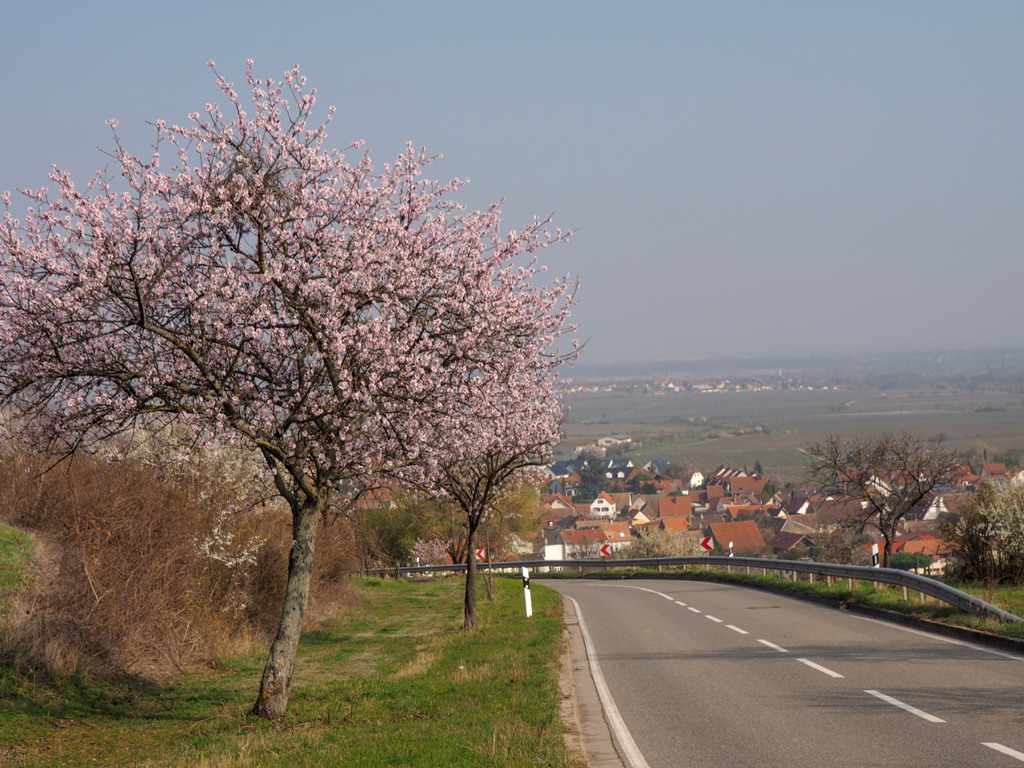
Select the right car for your trip
One of the most important things on a road trip will be your car.
As this will be most likely a rented car (unless you plan a road trip around your own country) it is quite essential to have the right car for the specific trip you are planning.
By this, I mean the right size (can you fit in all you luggage), what the gas mileage is (if you plan to go on a trip through large rural areas your gas should last several hundred kilometres / miles) and if you need an off-road / four-wheel vehicle depending on your chosen route.
Other aspects to consider when chosen a car is fuel efficiency and if you would like to drive an automatic car.
The latter is particular important when renting a car in Europe. Different to the US and Canada, where rental cars are by default automatic cars, in Europe the default type are manual gear. If you are not used driving such vehicles, it can get a quite frustrating trip.
When you rent a car and drive in a foreign country, you also need to check what type of licence you need. In most cases, you will be fine with your home country licence as a tourist. However, some destinations will require you to have an international car licence.
Don’t trust your GPS – at least not all the time
You have heard about that driver who nearly drove his car off a cliff at Cornwell or the one who actually drove her car into a river because when the GPS told her to drive onto the ferry, the ferry was not there yet?
If not but you have used a GPS in the past, you will know they have their moments. Sending you in the wrong direction, recalculating your route even though there was no turn in sight and you did not sway away from the set route, shutting themselves down in the middle of the road.
Or you might simply not get a signal.
Whatever the reason, even though you have a GPS in your car or plan on using your smartphone, bring maps. Yes, on paper. Buy a map of the region where you plan to drive or map up your itinerary on Google maps and print out your daily routes.
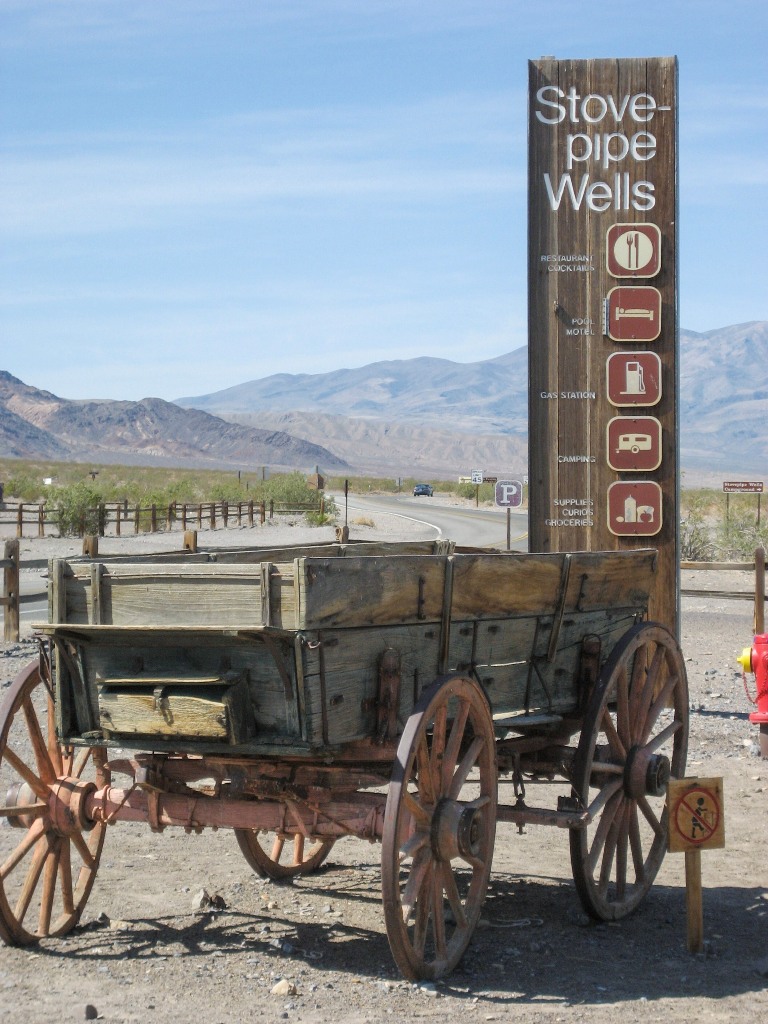
What to pack for a road trip
Whilst there are some essential for road trips, what you pack also largely depends on your destination, the time of the year and the type of road trip you are planning.
If you plan to book accommodation, you will only need packing your personal stuff like clothes, toiletries and some other essentials. If you are planning a camping road trip, you will need several more items.
My first recommendation would be: Pack as light as you can.
Since you will spend a lot of the time in your car driving, pack comfortable clothes and shoes.
Jeans, t-shirt, sweater, a jacket and sneakers always work well on a road trip.
Don’t forget to pack your sunglasses. Regardless of your destination and time of year. You never know when the sun might come out, and driving in the blinding sun is never a good idea.
Otherwise, pack the essentials that lend themselves to your destination.
- Countryside, mountains, rural areas: hiking boots
- Coastline or lake-hopping: bring a swimsuit
In addition to clothes and gear, one thing you need to make sure having with you in your car is sufficient water and a couple of light snacks.
Also make sure you have a first aid kid in the car.
When you are planning a camping road trip, you will need to add to that list all the essentials necessary for a camping trip: tend, blankets, pillows, sleeping bag, cooking gear, towels.
Carry enough cash
There is a good chance most of your road trip destinations will be in more rural areas. So keep in mind that around the world there are still many small towns or rural areas where credit card payments are not always possible.
This might be the case at gas stations which are not prepared to take credit cards; which is one of the worst nightmares on a road trip where you depend on having sufficient gas in the tank.
In addition, at certain places you will be required to pay entrance fees to national parks and other sites by cash.